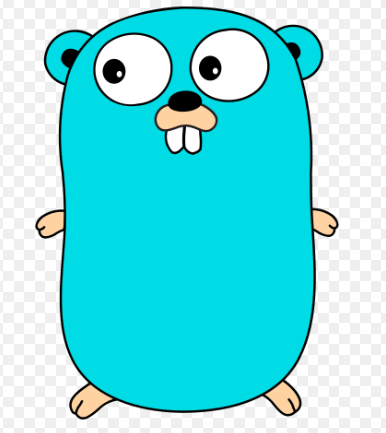1
2
3
4
5
6
7
8
9
10
11
12
13
14
15
16
17
18
19
20
21
22
23
24
25
26
27
28
29
30
31
| package main
import "fmt"
func printArray(myArray [4]int) {
for index, value := range myArray {
fmt.Println("index = ", index, " value = ", value)
}
}
func main() {
var myArray1 [10]int
myArray2 := [10]int{1, 2, 3, 4}
myArray3 := [4]int{11, 22, 33, 44}
for i := 0; i < len(myArray1); i++ {
fmt.Println(myArray1[i])
}
for index, value := range myArray2 {
fmt.Println("index = ", index, " value = ", value)
}
fmt.Printf("myArray1 types = %T\n", myArray1)
fmt.Printf("myArray2 types = %T\n", myArray2)
fmt.Printf("myArray3 types = %T\n", myArray3)
printArray(myArray3)
}
|
 GO learning - 009 slice
GO learning - 009 slice
 GO learning - 007 defer
GO learning - 007 defer